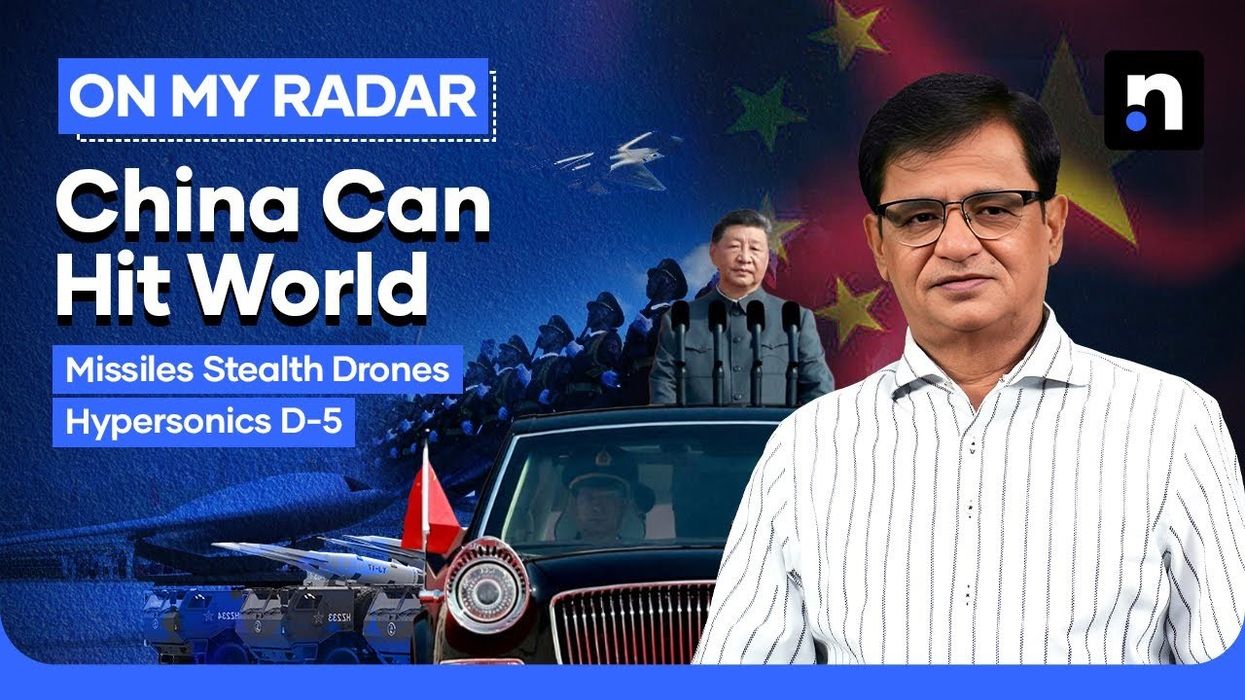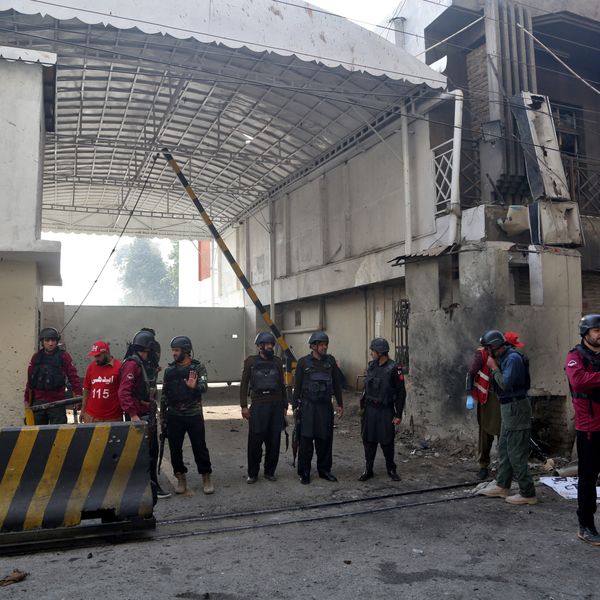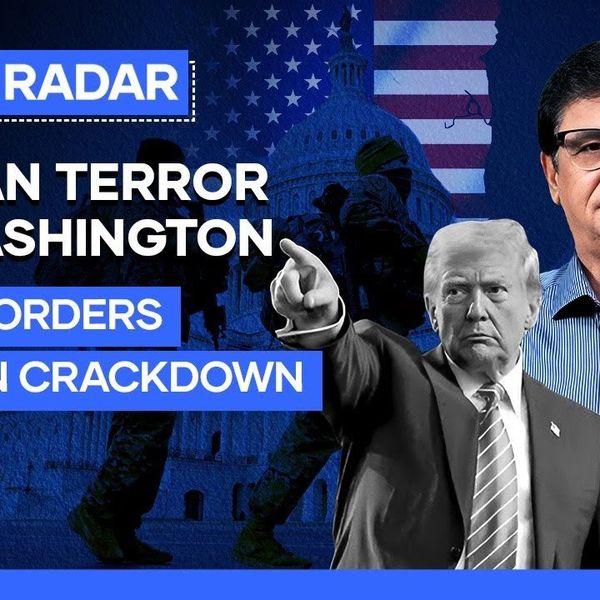China showcases military might in Victory Day parade, signaling rise as global power
Kamran Khan says China’s military showcase proves it is close to rivaling the US in global power
News Desk
The News Desk provides timely and factual coverage of national and international events, with an emphasis on accuracy and clarity.
China has once again demonstrated in the past 48 hours that it is no longer merely aspiring to become the world’s largest economy, technological leader, and strongest military power — it is already within striking distance, Kamran Khan said in his latest vlog.
The display came as Beijing marked the 80th anniversary of the end of World War II with a massive Victory Day parade at Tiananmen Square, where President Xi Jinping showcased China’s growing arsenal. From intercontinental ballistic missiles to next-generation stealth fighters, the event left the world stunned.
“China is writing new history every day in economy, technology, and defense power,” Khan said, describing the spectacle as a turning point in what he calls the dawn of the “Chinese Century.”
Missiles that can reach the globe
One of the highlights was the DF-5 intercontinental ballistic missile, capable of carrying 10 warheads to separate targets with a range of up to 15,000 kilometers. That reach places nearly every part of the world, from Asia to the United States, Africa to Europe, and Australia, within its strike zone.
“This was a clear reminder that China’s rise in military capability is nothing short of astonishing,” Khan observed.
The parade also included hypersonic missiles, which travel at more than five times the speed of sound. Experts say China is already a global leader in this field.
Stealth jets, drones, and submarines
For the first time, Beijing presented five models of fifth-generation stealth fighter jets in one parade. Also on display were advanced drones, remote-controlled armored vehicles, new torpedoes, unmanned submarines, and aircraft that will serve on China’s growing fleet of aircraft carriers.
Currently, China has three carriers, but plans are underway for a nuclear-powered supercarrier rivaling the U.S. Navy’s Gerald R. Ford-class vessels.
“This was not just a parade. It was a message — to Washington, to Taipei, and to the world,” Khan said.
From imitator to innovator
For decades, critics accused China of copying Western technology. While there may have been truth in the past, Khan said, today China is an innovator and global leader in fields ranging from nuclear reactors and robotics to electric vehicles, solar energy, high-speed rail, and artificial intelligence.
“China has transformed itself from a copier into a technological pioneer,” he noted.
The world’s biggest navy and second-largest defense budget
According to Pentagon assessments, China has more than 500 nuclear warheads and is on track to double that number by 2030. It already fields the world’s largest standing army with over 2 million active troops, compared with about 1.3 million in the United States.
China also commands the world’s largest navy, with more than 370 warships and submarines. The U.S. fleet, by comparison, has 292.
Beijing’s defense budget for 2024 stood at $373 billion, second only to Washington’s $840 billion. Britain, France, and Germany combined spent less than half of China’s military outlay.
“The scale is staggering. The so-called imperial powers of the past are no match for China’s defense spending today,” Khan said.
Global reaction and warnings
The New York Times reported that Beijing’s decision to display such advanced weapons amounted to a warning to its adversaries, particularly the United States and Taiwan. The newspaper noted that China’s hypersonic missiles and long-range ballistic capabilities send a clear message: Beijing has the means to target U.S. assets.
Observers also pointed to the presence of leaders from over 20 nations — including Pakistan, Russia, Iran, and North Korea — who watched the event alongside Xi.
“This was as much a diplomatic statement as a military one,” Khan remarked.
No expansionist agenda
Despite the massive show of force, Xi insisted that China would not become an expansionist power. He called for a global system based on justice and peace, distancing Beijing from the model of U.S. alliances such as NATO.
Still, experts note that China is rapidly building its airlift and refueling capacity — long considered an exclusively American advantage — and is investing in naval vessels capable of deploying armored vehicles directly onto contested shores such as Taiwan.
A new global order
Strategic journals have warned that Washington must rethink its dominance mindset. One International Security article asked: What if the future saw Chinese troops in Canada or Chinese aircraft carriers stationed in Cuba?
Khan concluded with a stark reflection: “For more than a century, the West mocked China as an ‘opium nation.’ Under Xi Jinping, China has awakened, and its rise has shaken the sleep of both America and Europe. The game has shifted — the Chinese Century has begun.”











Comments
See what people are discussing